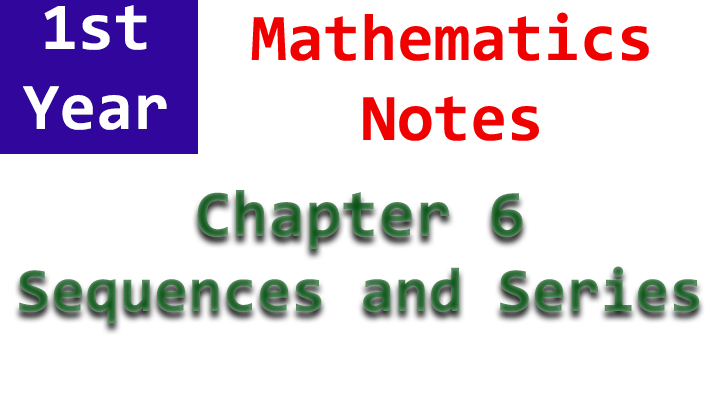Sequences, also referred to as progressions, serve as a means to represent ordered lists of numbers. Since sequences maintain a specific order, they can be systematically paired with natural numbers (1, 2, 3, 4, …) through a one-to-one correspondence. For instance, consider the sequence 1, 4, 7, 10, … (the nth member). This sequence can be matched with natural numbers as illustrated below:
In this manner, a sequence can be seen as a function with a domain that is a subset of the natural numbers. Specifically, it is a special type of function mapping from a subset of natural numbers to either real or complex numbers. Sometimes, the domain of a sequence is taken to be a subset of non-negative integers {0, 1, 2, 3, …}. When all elements in a sequence are real numbers, it is known as a real sequence. Sequences are typically denoted using letters like ‘a,’ ‘b,’ ‘c,’ etc., with ‘n’ used as the variable instead of ‘x.’ If a natural number ‘n’ belongs to the domain of a sequence ‘a,’ its corresponding element in the sequence is denoted as ‘an.’ For simplicity, a special notation ‘an’ is adopted for ‘a(n),’ and the symbol ‘{an}’ or ‘a1, a2, a3, …, an, …’ represents the sequence ‘a.’ The elements within the range of the sequence ‘{an}’ are referred to as its terms, with ‘a1’ being the first term, ‘a2’ the second term, and ‘an’ the nth term or the general term.
To exemplify, consider the sequence ‘{n + (-1)^n},’ where the terms can be generated by substituting ‘n’ with values 1, 2, 3, and so on. If we denote this sequence as ‘{bn},’ then ‘bn = n + (-1)^n,’ yielding:
b1 = 1 + (-1)^1 = 1 – 1 = 0
b2 = 2 + (-1)^2 = 2 + 1 = 3
b3 = 3 + (-1)^3 = 3 – 1 = 2
b4 = 4 + (-1)^4 = 4 + 1 = 5, and so forth.
When the domain of a sequence is a finite set, it is termed a finite sequence; otherwise, it is considered an infinite sequence. It’s worth noting that an infinite sequence lacks a last term. Some illustrative examples of sequences include the finite sequences (i) 1, 4, 9, …, 121 and (ii) 1, 3, 5, 7, 9, …, 21, as well as the infinite sequences (iii) 1, 2, 4, …, (iv) 1, 3, 7, 15, 31, …, and (vi) 1/3, 1/5, 1/7, 1/9, ….
In terms of classification, sequences can be categorized based on identifying patterns in their initial terms, allowing for the derivation of rules or formulas to generate subsequent terms. In this manner, any term in the sequence can be obtained by substituting the appropriate value of ‘n’ into the nth or general term ‘an.’ For instance, consider a sequence with the general term (-1)^n+1:
To find the first two terms, 21st term, and 26th term, we substitute ‘n’ with 1, 2, 21, and 26, resulting in a1 = 1, a2 = -1, a21 = 1, and a26 = -1.
Additionally, we can determine a sequence if given a specific condition, as exemplified by the equation an – an-1 = n + 1 and the initial condition a4 = 14. By applying this condition, we can calculate subsequent terms as follows:
From a4 – a3 = 5, we find a3 = 9 (since a4 = 14).
From a3 – a2 = 4, we determine a2 = 5 (since a3 = 9).
Lastly, from a2 – a1 = 3, we obtain a1 = 2.
In conclusion, the sequence generated by the given condition is 2, 5, 9, 14, 20, …. This illustrates the diverse applications and categorizations of sequences in mathematics.

